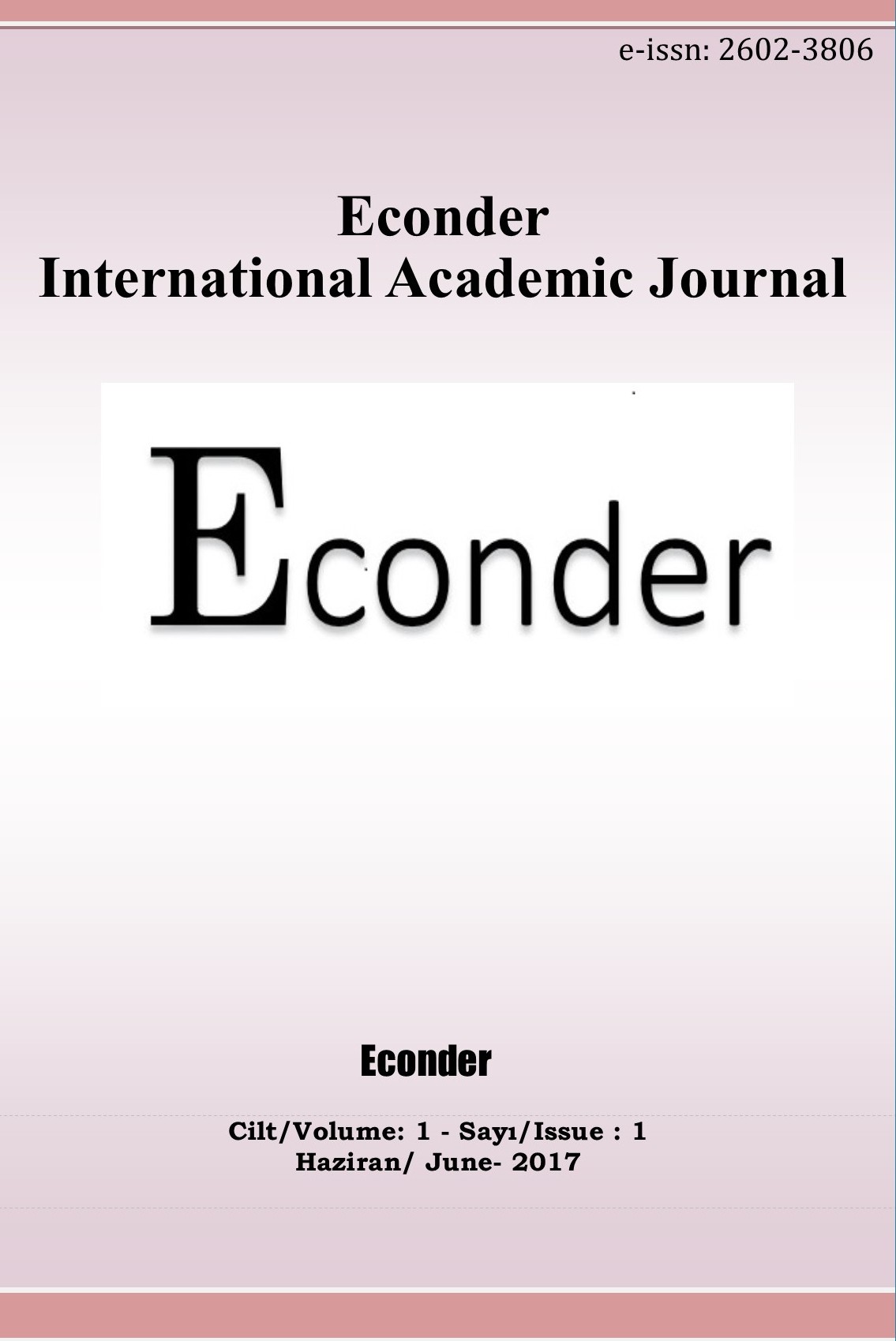Tek Bina ve Kampüs Hastanelerinin Karşılaştırılması
Çevre Dostu Hastane, Kampus Hastanesi, Tek Bina Hastane, Hasta memnuniyeti
Comparing Single-Building and In-Campus Hospitals
___
- Beauchemin K.M. and P. Hays, (1996). Sunny Hospital Rooms Expedite Recovery From Severe and Refractory Depressions, J. Affect Disord, 40, 1-2, p. 49-51.Heerwagen J.H., (1990). Psychological Aspect of Windows and Windoe Design in Proceedings of the 21st Annual Conference of the Enviromental Design Research Association, R.I. Selby et. al. (ed), EDRA, Oklahama City, p.269-280.Horsburg C.R. Jr., (1995). Healing by Design, N. Engel J Med., 333, 11, p. 735-740. Marcus C.C., (2007). Healing Gardens in Hospital, İnterdisciplinary Design and Research, e-Journal, 1(1). Sherman S.A., et. al., (2005). Post-occupancy Evoleation of Healing Gardens in a Pediatric Cancer Center, Landscape and Urban Planning, 73, 2-3, p. 167-183.Siddiqui Z.D., et. al., (2015). Changes in the Patient Satisfaction Relead to Hospital Renovation: Experience with a New Clinical Building, Journal of Hospital Medicine, 10, 3, p. 165-171.Rohde C.L.E. and A.D. Kendle, (1994). Human Well-being Natural Lanscapes and Wild Life in Urban Areas in English Nature, English Nature Science Publication, Peterborough. Ulrich R.S., (1992). Effecth of İnterior Design on Welness: Theory and Recent Scientific Research, Journal of Healthcare Design, 3, 97-109.Ulrich R.S., (1984). View Through a Window May Infuluence Recovery from Surgery, 224,4647, Science, p. 420-421.Verderber S., (1986). Dimension of Person Windoe Transaction in the Hospital Enviroment, Enviroment and Behavior, 18, p. 450-466.Warny J.V., et. al., (2004). Evaluation of the Built Enviroment at a Cildren Covelescent Hospital: Development of the Pediatrich Quality of Life Inventory Parent and Staf Satisfaction Meassures for Pediatrich Health Care Facilities, Journal of Developmental & Behavioral Pediatrics, 25, 1, p. 10-20.
- Yayın Aralığı: Yılda 2 Sayı
- Başlangıç: 2017
- Yayıncı: Hayrettin KESGİNGÖZ
Uluslararası Çalışma Örgütü (ILO) Normları ve Uluslararası Sözleşmeler Açısından Toplu Eylem Hakkı
Petrol Kıskacında Ortadoğu: Libya Sivil Savaş Örneği
Tek Bina ve Kampüs Hastanelerinin Karşılaştırılması
The Refugee Crisis In Turkey After The First Gulf War
Toplumsal Bütünün Uzun Dönemli Yapılanışı ve Türkiye Ekonomisi
İşgücü Piyasası Açısından Kuzey Kıbrıs Türk Cumhuriyeti Analizi
